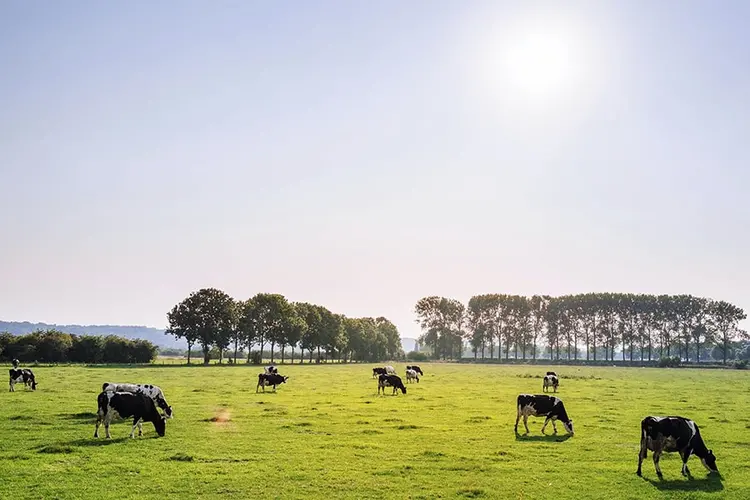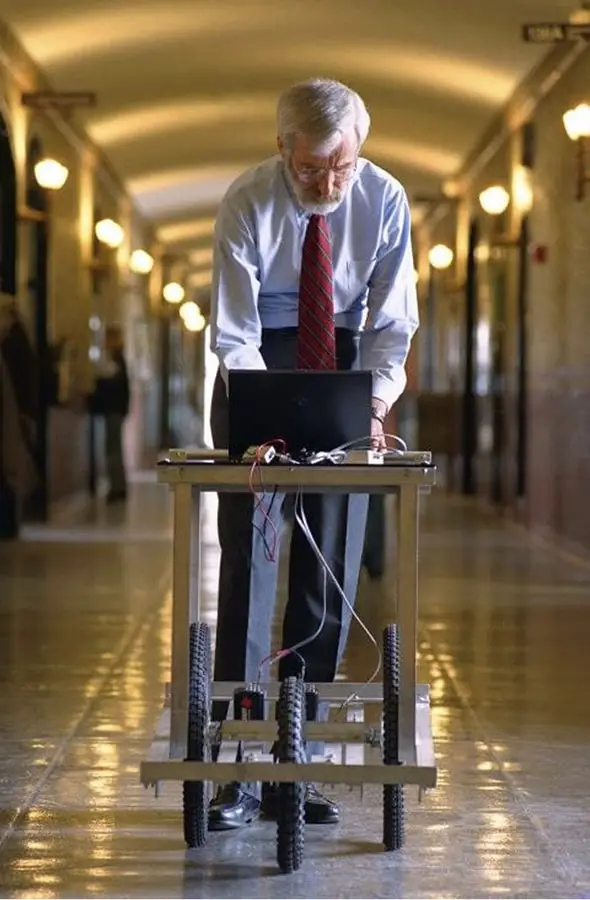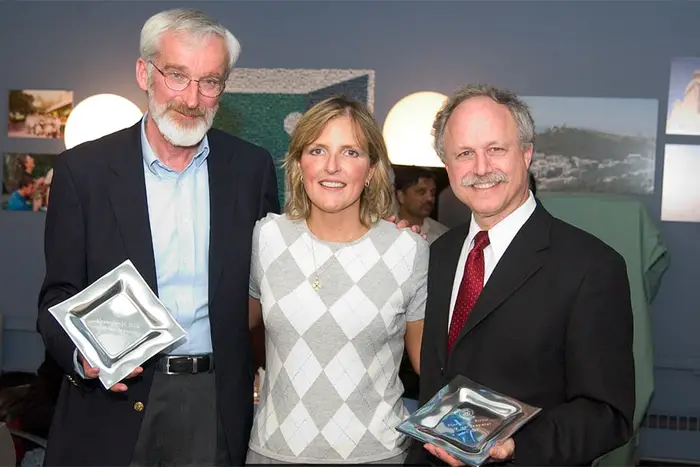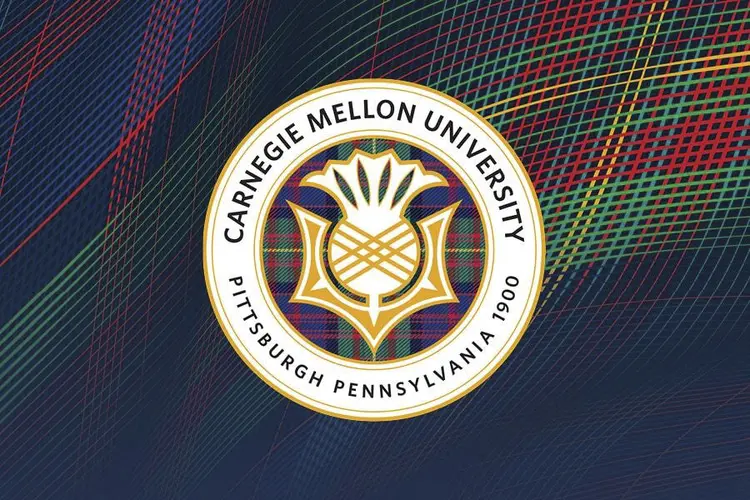
Happy 25th Birthday, Wi-Fi
The Wireless Andrew initiative and Carnegie Mellon University's researchers laid the foundation for today's wireless local area networks
Media Inquiries
Just two years after the first wireless area network protocol — called IEEE 802.11 — was first adopted in 1997, Carnegie Mellon University became the first university to offer campus-wide, high-speed wireless internet access.
Alex Hills(opens in new window) vividly remembers how CMU students went wireless long before their counterparts at other universities.
"CMU's Wireless Andrew was the precursor to what we now know as Wi-Fi," said Hills, a distinguished service professor of engineering and public policy and the first director of CMU's Information Networking Institute(opens in new window) (INI).
The INI received a $500,000 grant from the National Science Foundation for wireless research in the early 1990s, and as principal investigator, Hills launched the Wireless Andrew initiative, with the help of then-INI director Ben Bennington and Computing Services' Charles Bartel, who received his master's degree from the Heinz College of Information Systems and Public Policy in 1995.
In its earliest days, CMU's first wireless network covered a portion of Wean Hall — for wireless researchers only. It was password protected so as not to disrupt the research.
"CMU students are smart and pretty soon they hacked their way on to the network. It didn't take long before we had more students than researchers using it. That was my first hint of the demand for an anytime, anywhere internet," Hills said.�
As part of his wireless research, Alex Hills pushed a computer on a cart to take campus measurements. This was the Rollabout tool he had developed with the assistance of INI students to help others design their own wireless networks. It later became a commercial product called Site Scout.
"At CMU, we solve problems. We take an interdisciplinary approach, create innovative work and apply hands-on experience." — Alex Hills
INI students participated in Wireless Andrew research and helped Computing Services implement plans and conduct testing. The students later helped Hills develop a measurement tool to help others design their own wireless networks. It eventually became a commercial product called Site Scout.
Hands-on learning was as integral to CMU programs then as it is today.
This fall, a student team in the INI's bicoastal graduate programs(opens in new window) is prototyping a wireless network-based solution for a practicum project, sponsored by Honda Development and Manufacturing of America.
"The Honda project is exploring how idle, connected devices could share their compute resources using peer-to-peer communication. A blockchain network would serve as a distributed ledger to maintain transactions," said Cynthia Kuo(opens in new window), an INI associate professor of the practice. Kuo coordinates industry-sponsored practicum projects(opens in new window) and connects them to students, such as Yukun Li, a master's degree candidate in mobile and Internet of Things engineering.
"This is very exciting because we can put what we learned about peer-to-peer networks, blockchain and distributed systems in a traditional classroom setting into action with real impact. What is more unique about the practicum is that this exploratory project has us in charge of system design and tool selection while communicating with our clients to meet their needs. This is an incredible way of learning how real-world tech teams function and make decisions — through experience and action," Li said.
Alex Hills with Dena Haritos Tsamitis(opens in new window), current INI director, and Marvin Sirbu,(opens in new window) INI founder, at the INI's 15th anniversary celebration.
Wireless research has thrived at CMU for decades. As Wi-Fi marks 25 years, its applications touch every aspect of modern life, from cars to phone apps.
Hills, who chronicled the Wireless Andrew initiative in the book "Wi-Fi and the Bad Boys of Radio(opens in new window)," is now working on low-Earth orbit satellite technology, which promises to provide broadband service to people living in unserved areas anywhere in the world.
"At CMU, we solve problems. We take an interdisciplinary approach, create innovative work and apply hands-on experience," Hills said.
— Related Content —




